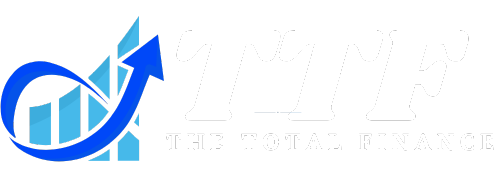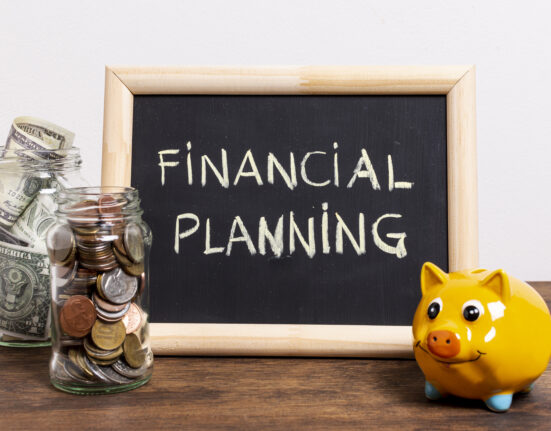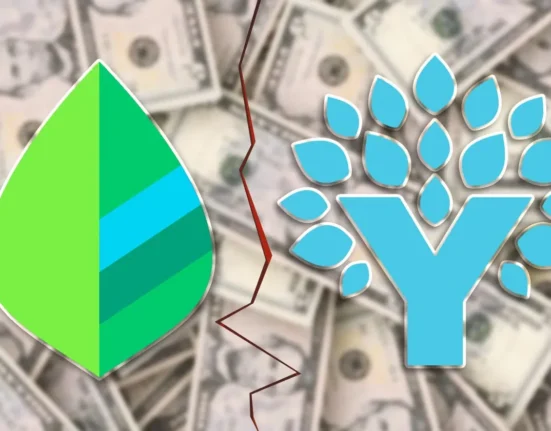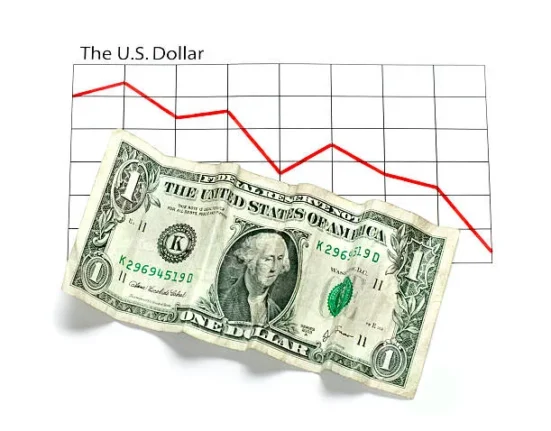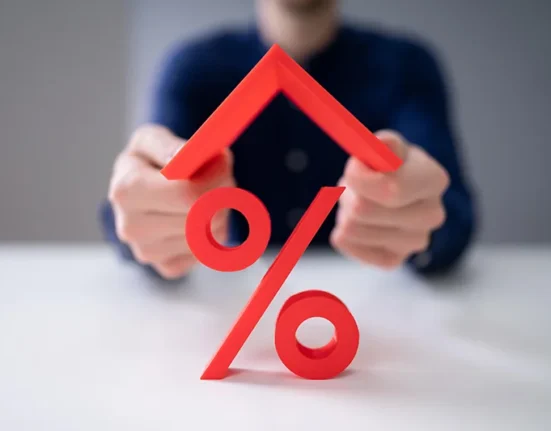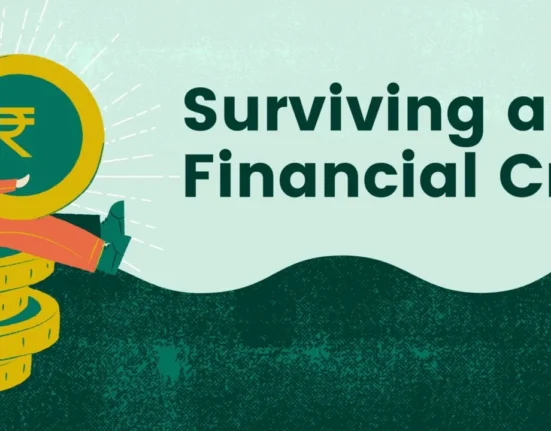Understanding Debts: Exploring concept Of Debt and management tactics
Debt is an integral part of modern finance. It is the amount of money that is carried by one party from another one with an agreement to pay it as soon as possible or in a specific amount of time, often inclusive of interest on exceeding deadlines. It can arise due to business needs, personal necessities, or state/government requirements. It plays a vital role in pecuniary activity on large scales. However, it is usually termed as a negative element and discouraged due to several reasons. Efficient debt management is required when borrowing to achieve goals like buying a home, expanding a business, or funding education. Mismanagement of debt can lead to financial strain and long-term consequences.
Good Debt vs Bad Debt
Not every debt is the same because every debt is not for the same financial goals. It’s very essential to be aware of both good and bad debts. Good debt, such as a mortgage or student loan, is a debt you take on to make significant progress in your finances or life. Bad debt includes credit card debt and other relatively costly debt that is taken on for needless purposes.
Good Debt
Good debt is borrowed for your financial future. It contributes to long-term wealth and is a way to improve your financial stability.
Examples:
- Education: Financing and spending over education which will possibly lead to potential income generation.
- Business: Carrying money for business which will give good financial returns in future
- Mortgages: Building equity in a home.
Why is it good?
Good debt offers personal and financial growth, potential returns instead of high interest rates.
Bad Debt
When borrowed funds are spent for consumption or depreciating assets with no long-term benefits, bad debt results.
Examples:
- High-Interest Credit Cards: Using credit cards for items which are not necessary that to without repaying their balance
- Payroll loan: Short-term loans with extortionate interest rates.
Why It’s Bad:
Bad debt often does not grant long-term benefits, it rather blesses with volatile pleasure only. Instead of great financial returns, it results in financial liability and chains.
Role Of Interest Rates
It’s critical to comprehend the distinctions between variable and fixed interest rates if you’re contemplating a loan. Awareness of distinctions between variable and fixed interest rates could help you save money and reach your financial goals, whether you’re applying for a new mortgage, refinancing your existing mortgage, or applying for a credit card or personal loan.
- Fixed Interest Rate: Maintain consistency throughout the loan, making payments predictable.
- Variable Interest Rates: Subject to market conditions, making payments barely predictable.
Understanding interest rates is crucial for making decisions regarding borrowing loans. While evaluating for total cost and choosing loans that suit your financial situation, an understanding of the interest rates is primarily needed.
Managing Debt
Effective debt management is one that ensures that debt borrowing results in potential long-term benefits and the achievement of worthy financial goals. Following are not only some debt management essentials but useful debt repayment strategies as well.
1. Create a Budget
By keeping track of income and expenses, a budget helps make sure there are enough resources to pay off debt. Set aside money for a debt repayment plan and prioritize your important spending. Analyze your sources of income and domain of spending money, spend on useful needs and those domains which would result in potential returns instead of temporary pleasures. Exploring debt relief options can also help ease financial burdens and create a structured repayment approach. Well, execution of budgeting and money management is the key.
2. Pay More Than the Minimum
Paying more than the minimum on obligations, such as credit cards, lowers the principal more quickly and lowers interest costs. While using credit cards, a high discipline is required to avoid overspending otherwise the debt and high interest are enough to make financial life miserable.
3. Consolidate Debt
Combining several debts into one loan with a reduced interest rate is known as debt consolidation. This will streamline payment and lower the debt repayment challenge heading way faster towards debt relief. When considering debt vs loan, it’s essential to understand that consolidation involves taking a new loan to pay off existing debts, making repayment more manageable. Purposes for which debts have to be carried must be carefully aligned to meet actual needs and good financial returns.
4. Negotiate with Lenders
If facing financial difficulties, negotiate with lenders to reduce interest rates or relief in paying back payments inclusive of interest, extend repayment terms, or propose alternative solutions.
5. Professional Guidance
Seeking advice from the best financial advisors or credit counselors can be fruitful when dealing with complex financial situations. They can provide tailored debt repayment strategies for debt management and concession.
Final Thoughts
Debt is a double-edged sword in personal finance; it will frame the track toward a greater financial future or drain one into an economic hell. Understanding the difference between two types of debt; good and bad debt, being aware of interest rate dynamics, and adopting effective debt management strategies are crucial for long-term financial stability. Making a sinewy budget, primarily prioritizing repayment of debts, and seeking expert professional advice when needed could rescue you from any financial tragedy and you can achieve your financial goals responsibly.

